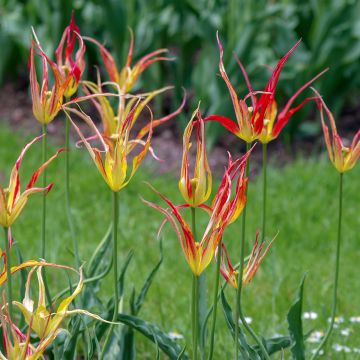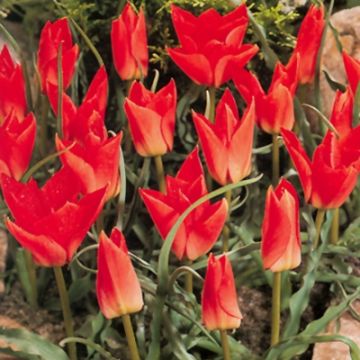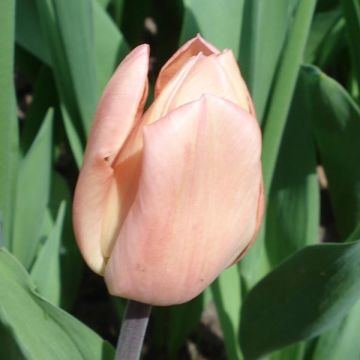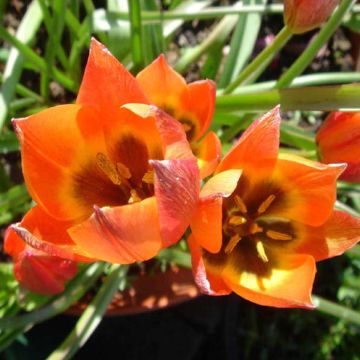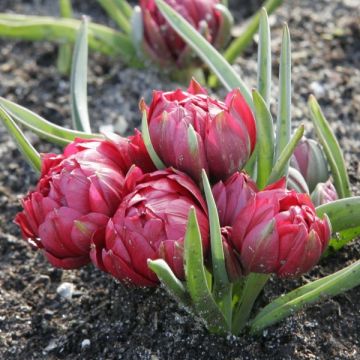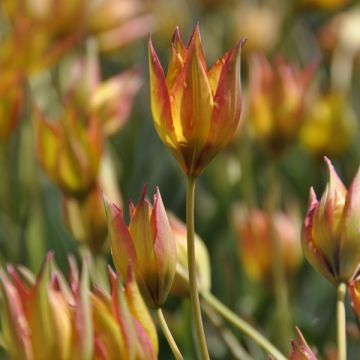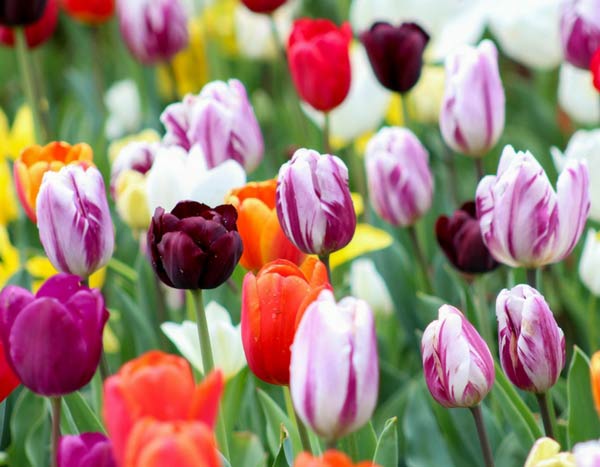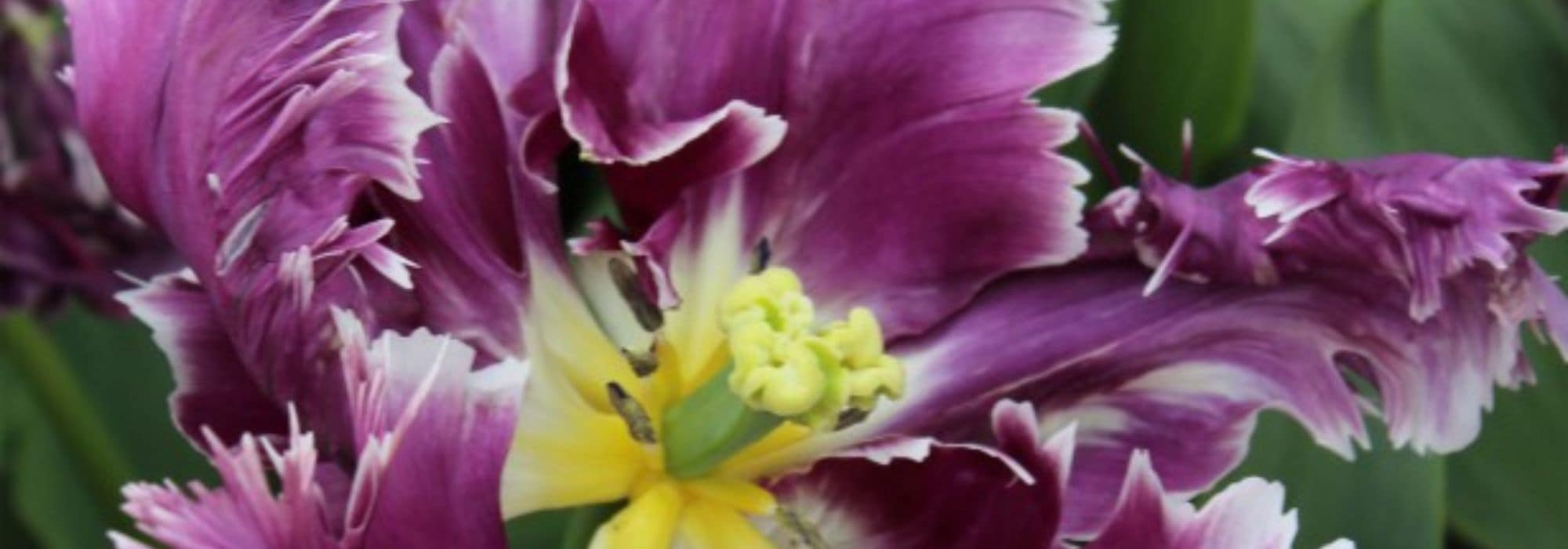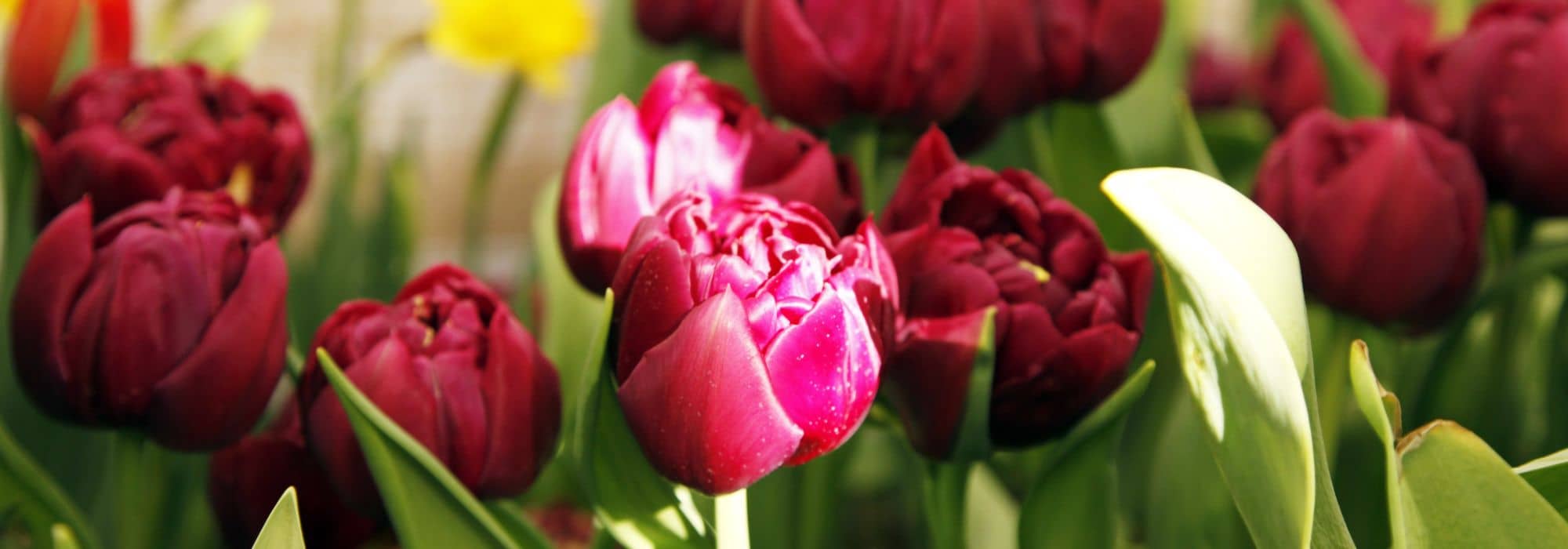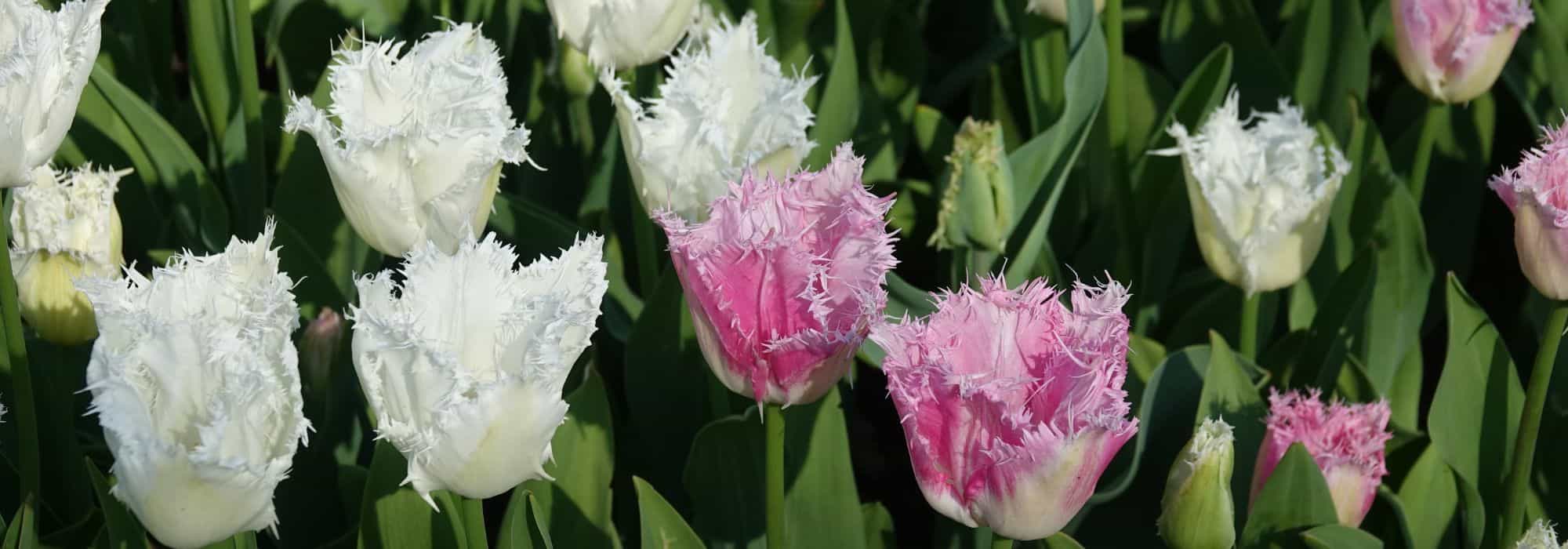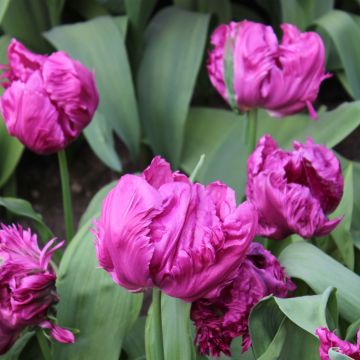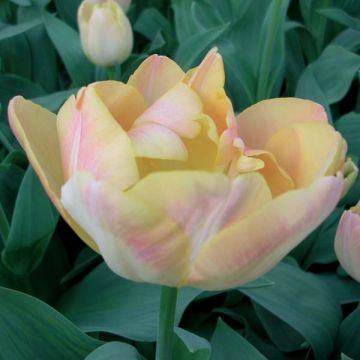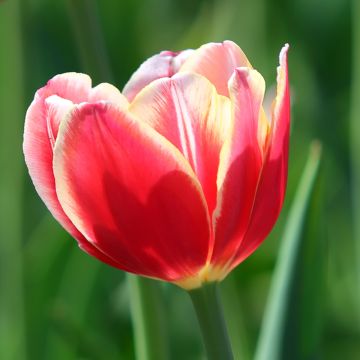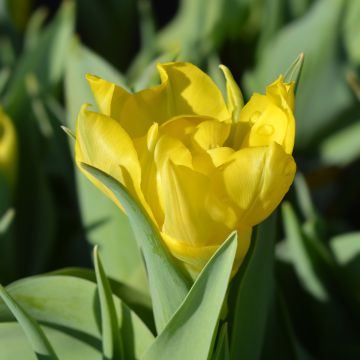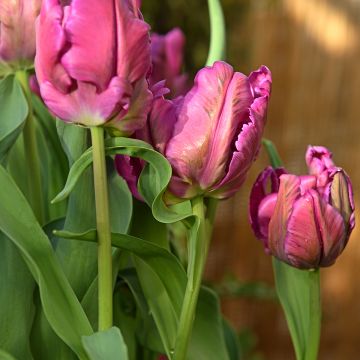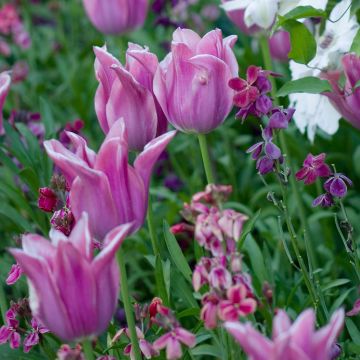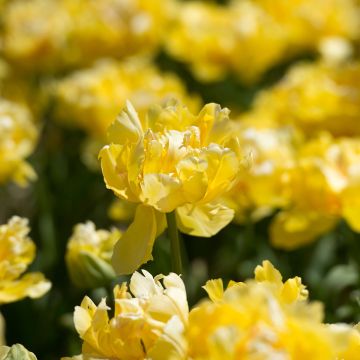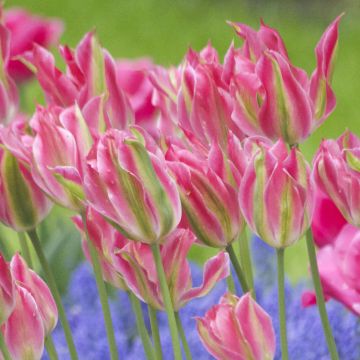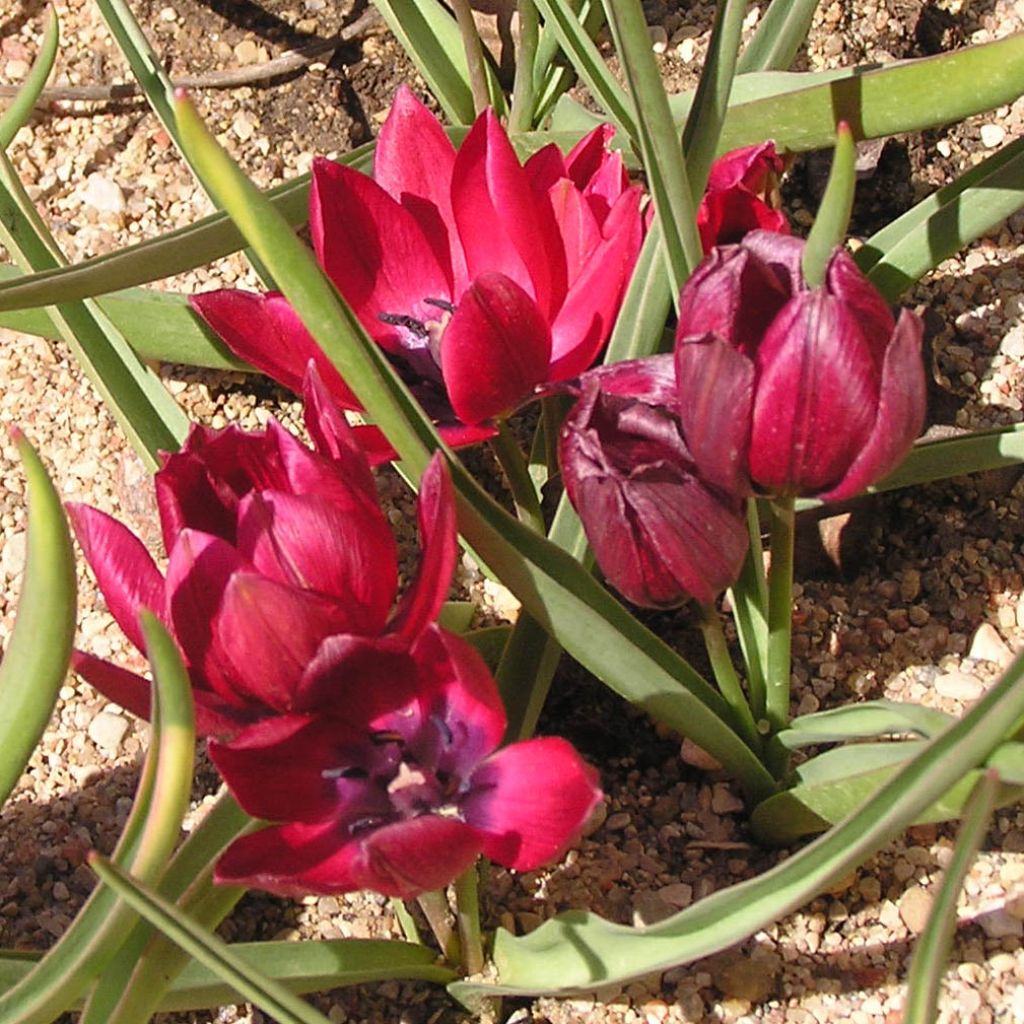

Tulipe botanique humilis Lilliput
View more pictures
Hide images
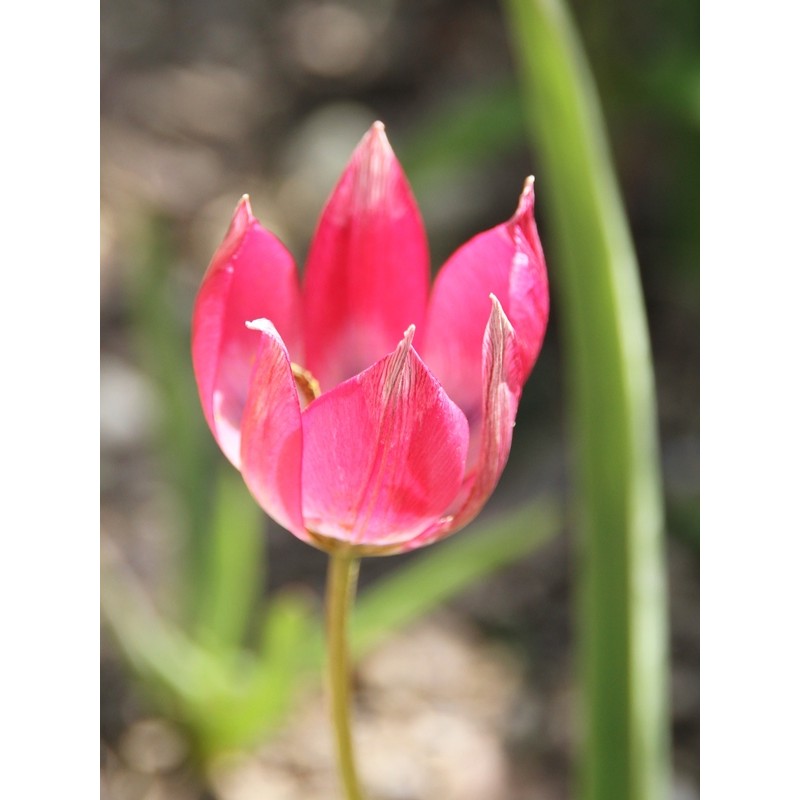
Elise A.

Elise A. • 51 FR
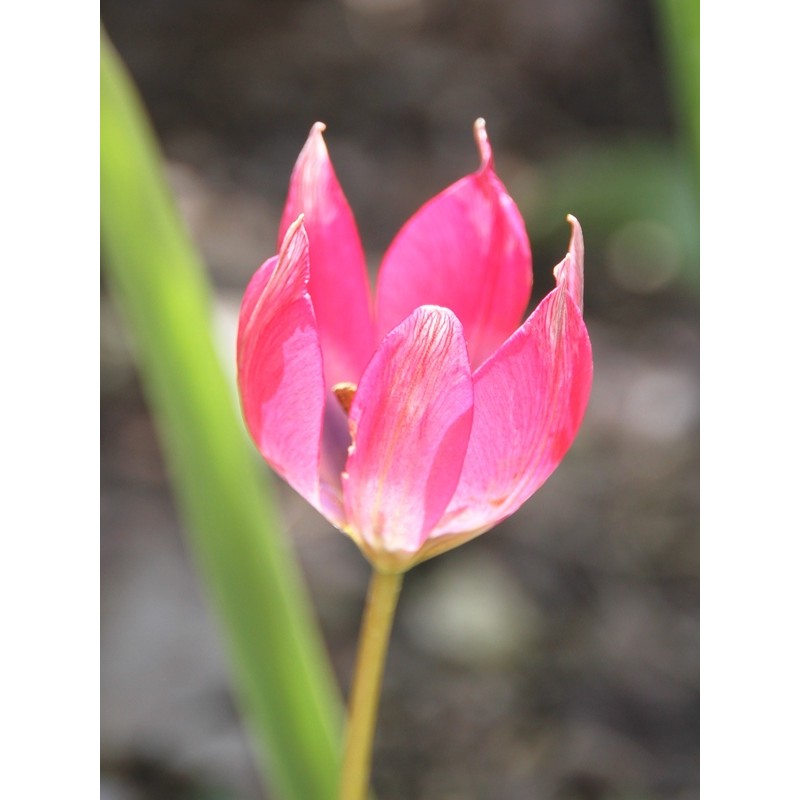
Elise A.

Elise A. • 51 FR
Tulipa humilis Lilliput
Tulipa humilis Lilliput
tulip
For now, in onions. I'm waiting for the flowering to appreciate the product.
Josette C., 09/11/2018
Special offer!
Receive a €20 voucher for any order over €90 (excluding delivery costs, credit notes, and plastic-free options)!
1- Add your favorite plants to your cart.
2- Once you have reached €90, confirm your order (you can even choose the delivery date!).
3- As soon as your order is shipped, you will receive an email containing your voucher code, valid for 3 months (90 days).
Your voucher is unique and can only be used once, for any order with a minimum value of €20, excluding delivery costs.
Can be combined with other current offers, non-divisible and non-refundable.
Why not try an alternative variety in stock?
View all →This plant carries a 6 months recovery warranty
More information
We guarantee the quality of our plants for a full growing cycle, and will replace at our expense any plant that fails to recover under normal climatic and planting conditions.

Would this plant suit my garden?
Set up your Plantfit profile →
Description
Botanical tulip humilis 'Lilliput' is a very small variety, with an early and radiant flowering, which seems pressed to the ground. Each short stem unfolds very early in spring with several rounded flowers that bloom star-shaped and scarlet red, in contrast with a black or midnight blue throat. They emit a particular fragrance. The linear and shiny green leaves, sometimes appear after flowering. Originally from Turkey and Iran, it is a very robust plant, adapted to poor soils and arid conditions that easily naturalises in the garden.
Tulipa humilis 'Lilliput' belongs to the lily family. It is an ancient selection which is red with a marked black heart, originating from Tulipa humilis whose origins are lost between the Caucasus, Turkey, Iran, Syria, Lebanon, Israel, and up to the north of Russia. Tulipa humilis has an extremely variable appearance depending on its origin. The 'Lilliput' selection bears several rounded flowers at the end of a short floral stem, not exceeding 10 cm (4in), with 3 pointed sepals identical to the 3 petals. The corolla opens widely in the sun, into a star shape, exhaling a subtle, somewhat indefinable fragrance, at the same time sweet and peppery. The bulbs are small, from 3 to 4 cm (1 to 2in) in diameter. This plant has dark blue-green, relatively narrow leaves, sometimes almost curled, 10 to 15 cm (4 to 6in) long.
Tulipa humilis 'Lilliput' is a small gem and a reliable and faithful plant, which will naturally find its place in a rockery, along a path or on a slightly wild slope. Far from the large calyxes of its Dutch relatives, its stars are close to the ground and animate flower beds early in spring, with crocuses (with which they are sometimes confused). It adapts well to growing in pots or containers, allowing you to enjoy its radiant flowers up close.
Botanical tulips, and very similar tulips like this selection, do not degenerate over time, they naturalise and can remain in place for several years without special care and thrive in borders and rockeries. To create colourful compositions, they can be associated with various small bulbs: Ipheion uniflorum, Anemone blanda, Cyclamen coum, Erythronium pagoda, Leucojum vernum…
Tulipa humilis Lilliput in pictures
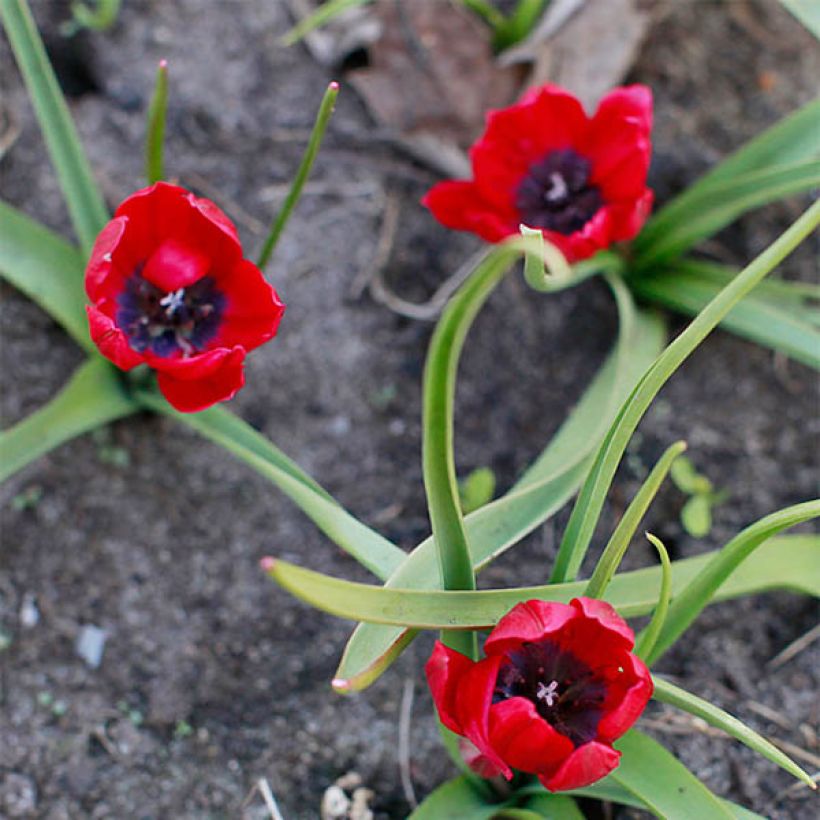



Plant habit
Flowering
Foliage
Botanical data
Tulipa
humilis
Lilliput
Liliaceae
tulip
Cultivar or hybrid
Other Botanical Tulips
View all →Planting and care
Plant Tulipa humilis 'Lilliput' bulbs in autumn, from September to December, 5 cm (2in) deep and 10 cm (4in) apart in ordinary, slightly acidic, neutral, or slightly alkaline, light, loose, sandy or gravelly, and well-draining soil. Never add manure or poorly decomposed compost to the planting soil, as this could cause the bulbs to rot. Botanic tulip humilis 'Lilliput' will grow well in soil which is moist soil in spring and autumn, and dry in summer, in a sunny or partially shaded location. After flowering, it is best to remove the seed heads to avoid exhausting the plant.
Planting period
Intended location
Care
Planting & care advice
-
, onOrder confirmed
Reply from on Promesse de fleurs
Similar products
Haven't found what you were looking for?
Hardiness is the lowest winter temperature a plant can endure without suffering serious damage or even dying. However, hardiness is affected by location (a sheltered area, such as a patio), protection (winter cover) and soil type (hardiness is improved by well-drained soil).

Photo Sharing Terms & Conditions
In order to encourage gardeners to interact and share their experiences, Promesse de fleurs offers various media enabling content to be uploaded onto its Site - in particular via the ‘Photo sharing’ module.
The User agrees to refrain from:
- Posting any content that is illegal, prejudicial, insulting, racist, inciteful to hatred, revisionist, contrary to public decency, that infringes on privacy or on the privacy rights of third parties, in particular the publicity rights of persons and goods, intellectual property rights, or the right to privacy.
- Submitting content on behalf of a third party;
- Impersonate the identity of a third party and/or publish any personal information about a third party;
In general, the User undertakes to refrain from any unethical behaviour.
All Content (in particular text, comments, files, images, photos, videos, creative works, etc.), which may be subject to property or intellectual property rights, image or other private rights, shall remain the property of the User, subject to the limited rights granted by the terms of the licence granted by Promesse de fleurs as stated below. Users are at liberty to publish or not to publish such Content on the Site, notably via the ‘Photo Sharing’ facility, and accept that this Content shall be made public and freely accessible, notably on the Internet.
Users further acknowledge, undertake to have ,and guarantee that they hold all necessary rights and permissions to publish such material on the Site, in particular with regard to the legislation in force pertaining to any privacy, property, intellectual property, image, or contractual rights, or rights of any other nature. By publishing such Content on the Site, Users acknowledge accepting full liability as publishers of the Content within the meaning of the law, and grant Promesse de fleurs, free of charge, an inclusive, worldwide licence for the said Content for the entire duration of its publication, including all reproduction, representation, up/downloading, displaying, performing, transmission, and storage rights.
Users also grant permission for their name to be linked to the Content and accept that this link may not always be made available.
By engaging in posting material, Users consent to their Content becoming automatically accessible on the Internet, in particular on other sites and/or blogs and/or web pages of the Promesse de fleurs site, including in particular social pages and the Promesse de fleurs catalogue.
Users may secure the removal of entrusted content free of charge by issuing a simple request via our contact form.
The flowering period indicated on our website applies to countries and regions located in USDA zone 8 (France, the United Kingdom, Ireland, the Netherlands, etc.)
It will vary according to where you live:
- In zones 9 to 10 (Italy, Spain, Greece, etc.), flowering will occur about 2 to 4 weeks earlier.
- In zones 6 to 7 (Germany, Poland, Slovenia, and lower mountainous regions), flowering will be delayed by 2 to 3 weeks.
- In zone 5 (Central Europe, Scandinavia), blooming will be delayed by 3 to 5 weeks.
In temperate climates, pruning of spring-flowering shrubs (forsythia, spireas, etc.) should be done just after flowering.
Pruning of summer-flowering shrubs (Indian Lilac, Perovskia, etc.) can be done in winter or spring.
In cold regions as well as with frost-sensitive plants, avoid pruning too early when severe frosts may still occur.
The planting period indicated on our website applies to countries and regions located in USDA zone 8 (France, United Kingdom, Ireland, Netherlands).
It will vary according to where you live:
- In Mediterranean zones (Marseille, Madrid, Milan, etc.), autumn and winter are the best planting periods.
- In continental zones (Strasbourg, Munich, Vienna, etc.), delay planting by 2 to 3 weeks in spring and bring it forward by 2 to 4 weeks in autumn.
- In mountainous regions (the Alps, Pyrenees, Carpathians, etc.), it is best to plant in late spring (May-June) or late summer (August-September).
The harvesting period indicated on our website applies to countries and regions in USDA zone 8 (France, England, Ireland, the Netherlands).
In colder areas (Scandinavia, Poland, Austria...) fruit and vegetable harvests are likely to be delayed by 3-4 weeks.
In warmer areas (Italy, Spain, Greece, etc.), harvesting will probably take place earlier, depending on weather conditions.
The sowing periods indicated on our website apply to countries and regions within USDA Zone 8 (France, UK, Ireland, Netherlands).
In colder areas (Scandinavia, Poland, Austria...), delay any outdoor sowing by 3-4 weeks, or sow under glass.
In warmer climes (Italy, Spain, Greece, etc.), bring outdoor sowing forward by a few weeks.






























